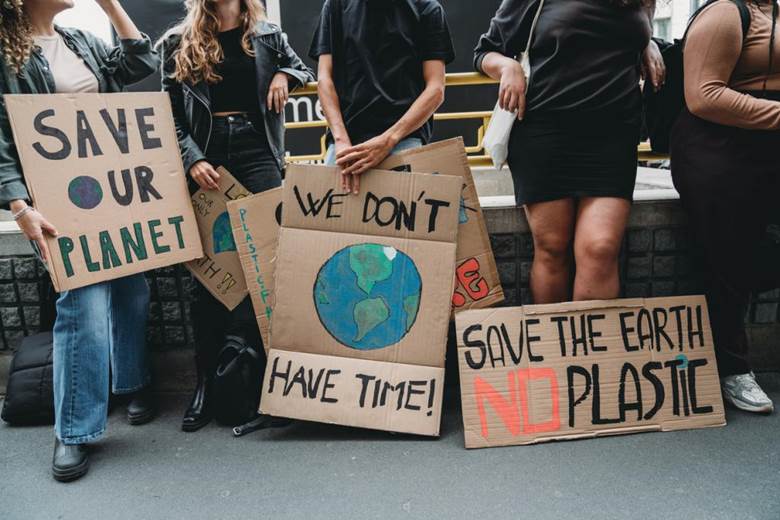Free Courses Sale ends Soon, Get It Now


Free Courses Sale ends Soon, Get It Now



Copyright infringement not intended
Context: The physical and socio-economic impacts of a changing climate will become increasingly devastating without more ambitious action, the World Meteorological Organisation (WMO) warned in a new report.
Details:
Findings:
© 2024 iasgyan. All right reserved